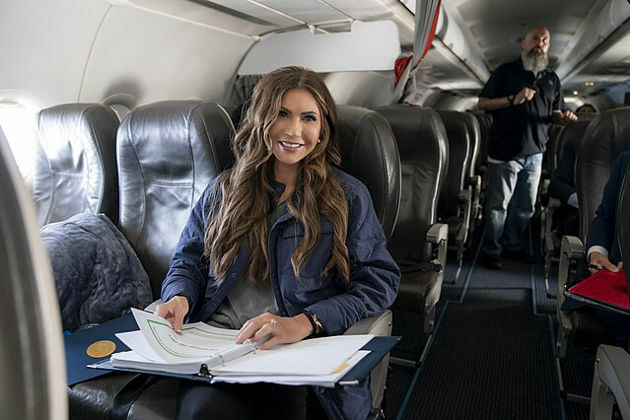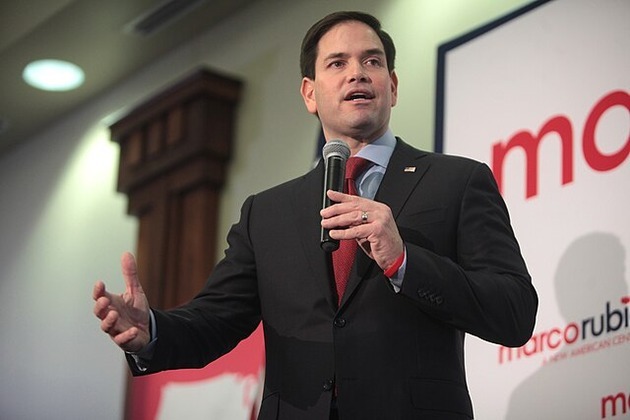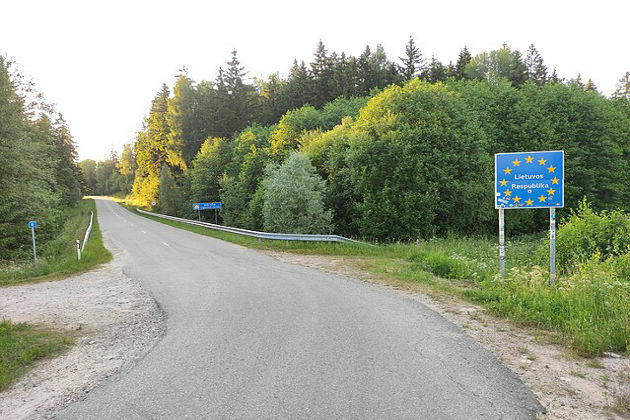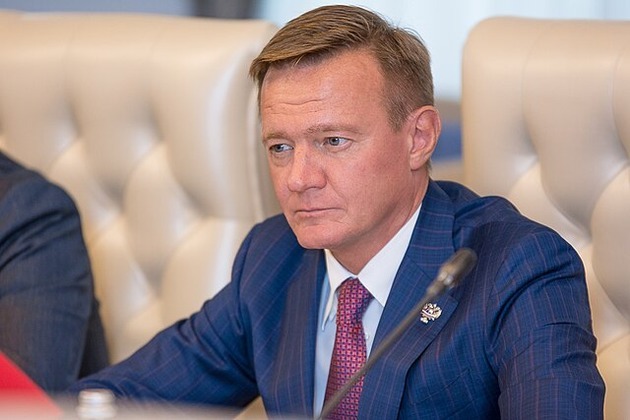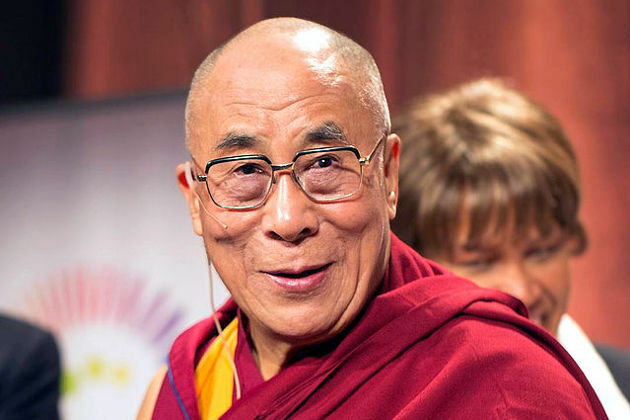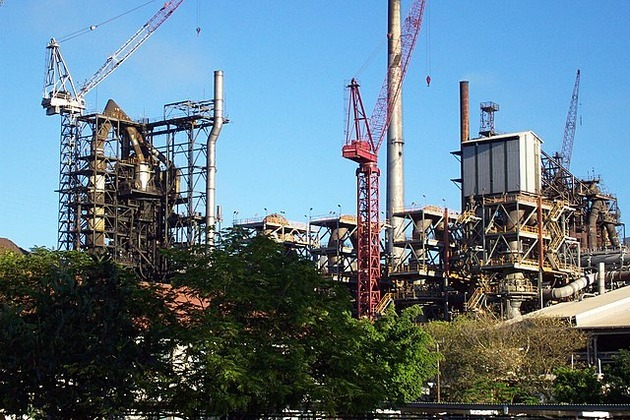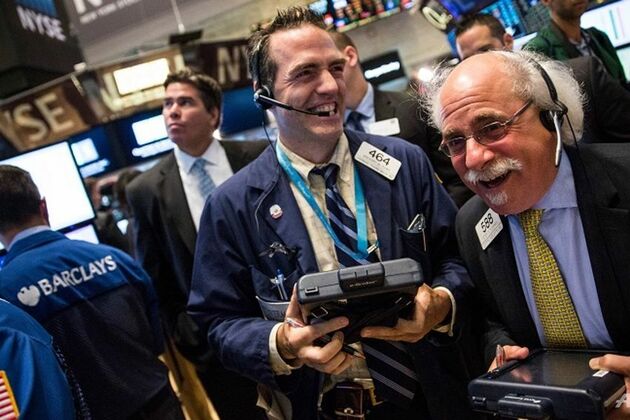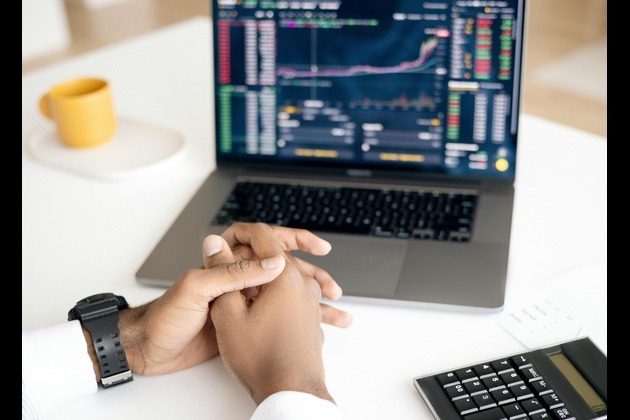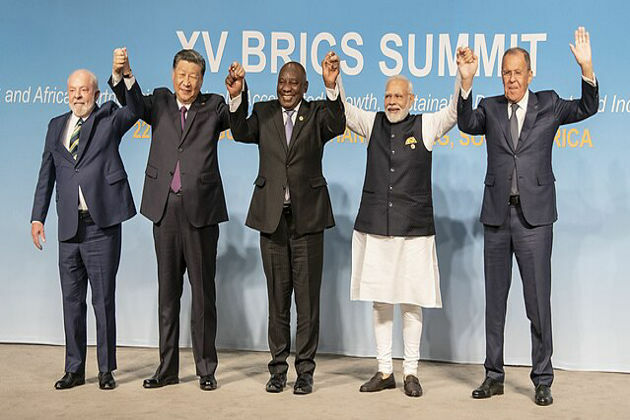Does reopening schools cause COVID-19 to spread? It's complicated
The Conversation
14 Jan 2021, 20:11 GMT+10

The Research Brief is a short take about interesting academic work.
The big idea
We found that schools can reopen for in-person instruction without further spreading COVID-19 in nearby communities if the number of people with the disease is relatively low. But if there are more than 21 cases per 100,000 people, COVID-19 spread may increase.
To reach this conclusion, we used data from September through December 2020 in Michigan and Washington states - both of which allowed districts to decide whether or not to offer in-person schooling at that time - to analyze how these different instructional decisions affect COVID-19 case rates.
It's hard to figure this out because other factors, such as social distancing and the use of masks, could be to blame. So it might appear that going to school in person makes COVID-19 spread, but really it is due to safety habits - or the lack thereof - especially if those same communities are more likely to send students back to school in person.
We tried to address this concern by including information in our statistical analyses on such practices as mask-wearing in a community and how a county voted in 2016. Political preference was an important factor to consider, because Republicans appear less likely than Democrats to comply with COVID-19 safety measures. Republicans are also more likely to encourage in-person instruction during the pandemic.
Despite our findings, coronavirus very likely does transmit in schools to some degree. But the spread of COVID-19 there may simply reflect what's going on in the surrounding community.
Kids and educators may be just as safe in school buildings - or possibly even safer - than they would be elsewhere.
Why it matters
Most districts closed the doors of their school buildings in March and did not reopen them for the remainder of the school year, instead offering students remote instruction.
But evidence is growing that remote instruction isn't working well, especially for low-income students and students of color.
Given these challenges, many districts chose to offer in-person or hybrid instruction last fall. But as the number of COVID-19 cases rises, districts like Chicago's and others are facing the difficult decision of whether to open schools - or to keep them open. To date there has been little data to guide them. Our study provides some of the first U.S.-based evidence to policymakers as they make these difficult choices.
What still isn't known
While we provide specific estimates of when COVID-19 rates are high enough that the virus will likely spread as a result of opening schools, they should be treated with caution because statistical estimates are subject to error. The takeaway is not to focus on specific thresholds but rather to understand that levels exist at which in-person schooling contributes to community spread.
Moreover, how schools open and the safety measures they take are likely to play a role in terms of what happens with COVID-19 cases. Schools can, for example, bring back only some students, require masks and keep desks spaced several feet apart from one another. These practices probably reduce transmission of the disease.
However, we are not able to assess how much these steps might help because we do not have information on safety protocols in individual schools or whether schools are following those protocols.
What other research is being done
So far, while there are some studies on how COVID-19 has affected learning, especially how the pandemic may be disproportionately harming the education of low-income and minority students, there is not much research about how the disease is spreading in U.S. schools. One study found associations between school closures in the spring of 2020 and reductions in COVID-19 deaths. However, other social distancing policies were enacted at the same time, making the contribution of schools unclear.
A new study found results similar to ours when examining hospitalizations - that in-person instruction was associated with more nearby hospitalizations when existing COVID-19 rates were high, but that there was no such correlation when rates were low.
Authors: Scott A Imberman - Professor of Economics and Education Policy, Michigan State University | Dan Goldhaber - Director, CALDER at AIR and Director, CEDR at the University of Washington, American Institutes for Research | Katharine O. Strunk - Professor of Education Policy and Economics, Michigan State University 
 Share
Share
 Tweet
Tweet
 Share
Share
 Flip
Flip
 Email
Email
Watch latest videos
Subscribe and Follow
Get a daily dose of Massachusetts Sun news through our daily email, its complimentary and keeps you fully up to date with world and business news as well.
News RELEASES
Publish news of your business, community or sports group, personnel appointments, major event and more by submitting a news release to Massachusetts Sun.
More InformationInternational
SectionTravelers can now keep shoes on at TSA checkpoints
WASHINGTON, D.C.: Travelers at U.S. airports will no longer need to remove their shoes during security screenings, Department of Homeland...
Rubio impersonator used AI to reach officials via Signal: cable
WASHINGTON, D.C.: An elaborate impersonation scheme involving artificial intelligence targeted senior U.S. and foreign officials in...
Warsaw responds to migration pressure with new border controls
SLUBICE, Poland: Poland reinstated border controls with Germany and Lithuania on July 7, following Germany's earlier reintroduction...
Deadly July 4 flash floods renew alarm over NWS staffing shortages
WASHINGTON, D.C.: After months of warnings from former federal officials and weather experts, the deadly flash floods that struck the...
Putin fires transport chief, later found dead in suspected suicide
MOSCOW, Russia: Just hours after his sudden dismissal by President Vladimir Putin, Russia's former transport minister, Roman Starovoit,...
Thousands gather in Himalayas as Dalai Lama celebrates 90th birthday
DHARAMSHALA, India: The Dalai Lama turned 90 on July 6, celebrated by thousands of followers in the Himalayan town of Dharamshala,...
Business
SectionGold ETF inflows hit 5-year high as tariffs drive safe-haven bets
LONDON, U.K.: Physically backed gold exchange-traded funds recorded their most significant semi-annual inflow since the first half...
PwC: Copper shortages may disrupt 32 percent of chip output by 2035
AMSTERDAM, Netherlands: Some 32 percent of global semiconductor production could face climate change-related copper supply disruptions...
U.S. stocks recover after Trump-tariffs-induced slump
NEW YORK, New York - U.S. stocks rebounded Tuesday with all the major indices gaining ground. Markets in the UK, Europe and Canada...
Stocks slide as Trump unveils 25% tariffs on Japan, S. Korea
NEW YORK CITY, New York: Financial markets kicked off the week on a cautious note as President Donald Trump rolled out a fresh round...
BRICS issues rebuke on trade and Iran, avoids direct US criticism
RIO DE JANEIRO, Brazil: At a two-day summit over the weekend, the BRICS bloc of emerging economies issued a joint declaration condemning...
BP appoints ex-Shell finance chief Simon Henry to board
LONDON, U.K.: This week, BP appointed Simon Henry, former Shell finance chief, to its board as a non-executive director effective September...

